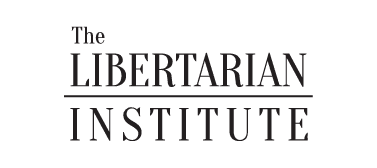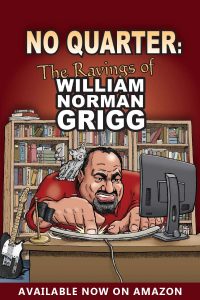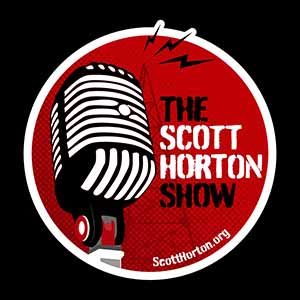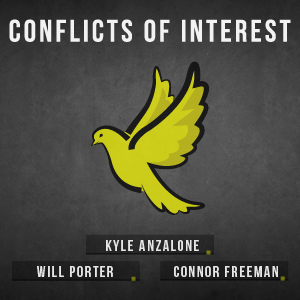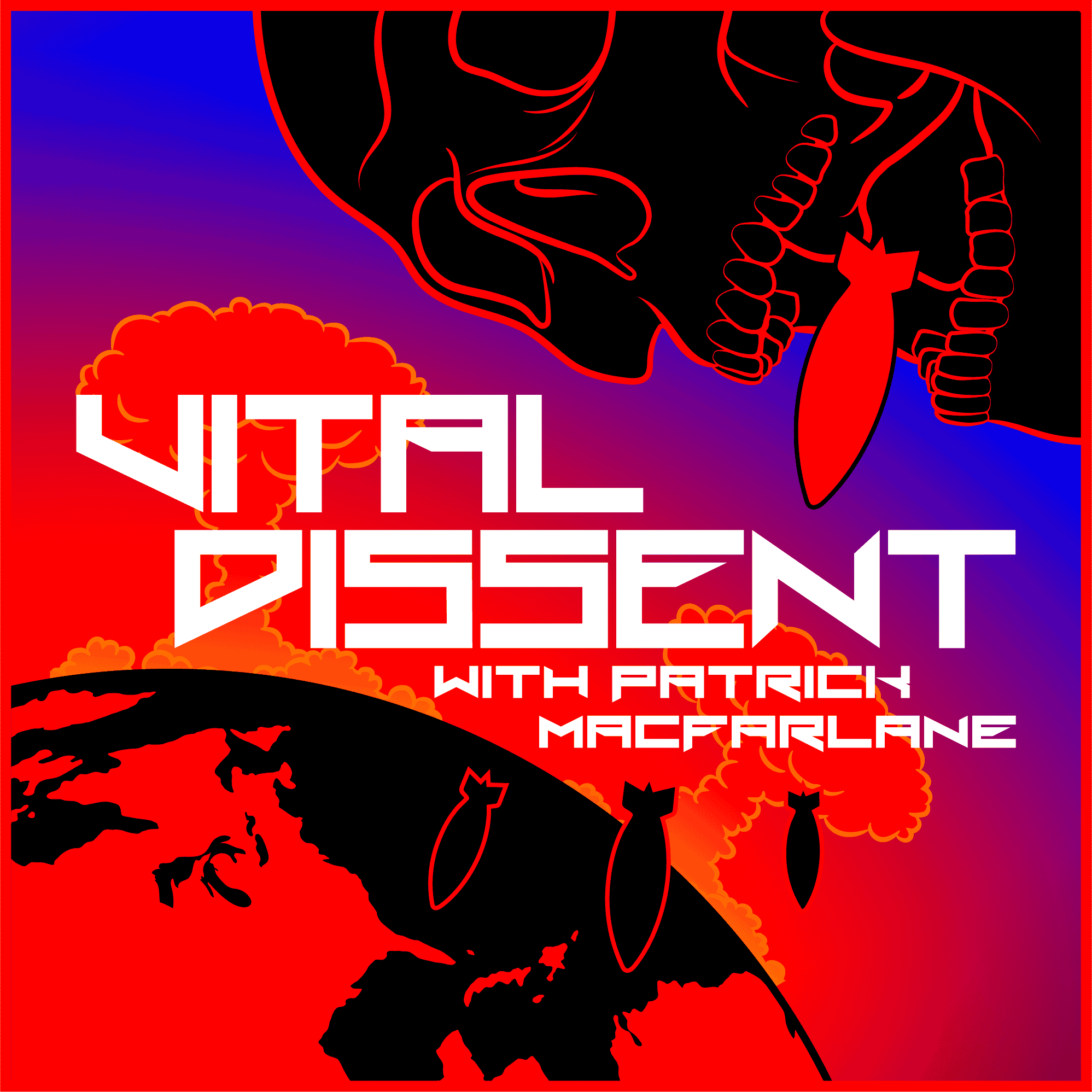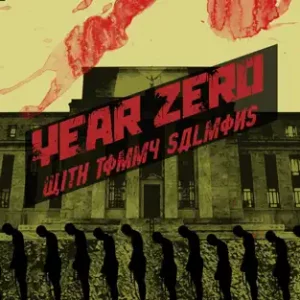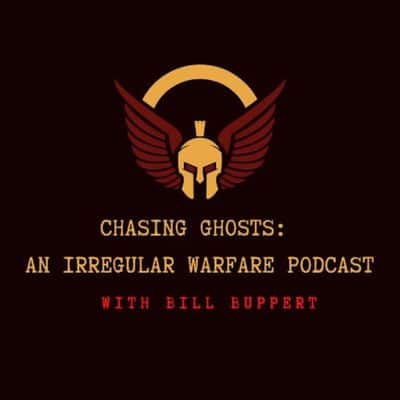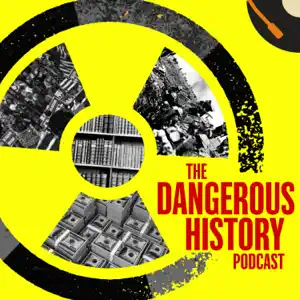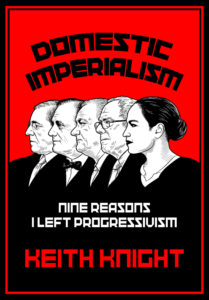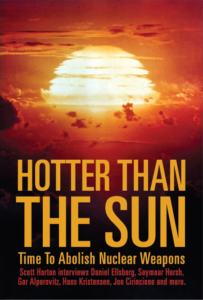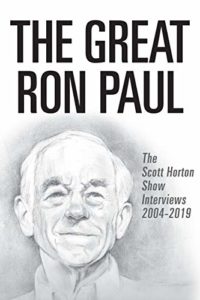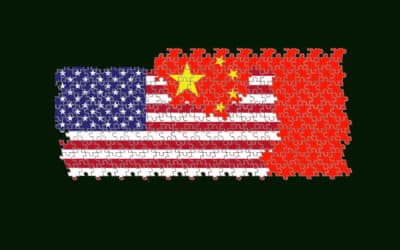For more than three decades, the Federal Reserve has steadily expanded its role in the American economy. From a relatively narrow mandate as a lender of last resort to commercial banks, to inflation and employment targeting, it now operates as a systemic backstop for entire financial markets, allocating credit, supporting asset prices, and shaping macroeconomic policy in ways few Americans fully understand. While defenders of the Fed frame these developments as pragmatic responses to crises, a broader historical lens, especially Robert Higgs’s “Ratchet Effect” theory, suggests a more troubling pattern: one of permanent institutional growth triggered by emergencies and never fully reversed.
Higgs, in his landmark 1987 book Crisis and Leviathan, argued that government expands most dramatically during national crises. In these moments, public fear and uncertainty make citizens more accepting of interventions they would otherwise oppose. Emergency powers are granted, agencies are created, and budgets balloon. When the crisis ends, the government may contract slightly but never returns to its original size or scope. Instead, a new, larger normal is established. This dynamic, which Higgs called the “ratchet effect,” explains the cumulative growth of the state over time. Though Higgs focused primarily on wartime mobilization and domestic regulation, the same framework applies compellingly to the evolution of the Federal Reserve.
Consider the Fed’s response to the 2008 financial crisis. Confronted with systemic collapse, the central bank did far more than act as a traditional lender of last resort. Under Section 13(3) of the Federal Reserve Act, it created novel lending facilities for non-bank institutions, purchased vast quantities of mortgage-backed securities, and intervened in markets well beyond the banking sector. These interventions were sold as temporary measures, emergency medicine for an ailing economy. But when the dust settled, the Fed did not return to its pre-crisis posture. Instead, its balance sheet remained vastly expanded, and its toolkit permanently altered.
In addition to its expanded domestic role, the Federal Reserve increasingly acted as a global lender of last resort, further underscoring the extension of its reach. Extended dollar swap lines to foreign central banks and creating temporary repurchase facilities for international monetary authorities, the Fed’s actions were aimed at stabilizing global dollar liquidity, especially in markets where American banks or investors held large exposures; and while such interventions may have mitigated short-term disruptions, they also marked a significant departure from the Fed’s original, nationally bounded mission. Once again, crisis justified expansion and the ratchet clicked forward.
Then came COVID-19. Once again, the Fed acted aggressively: supporting corporate bond markets, backstopping municipal debt, and ensuring liquidity across virtually every segment of the financial system. It created or revived at least a dozen emergency programs and coordinated closely with the Treasury Department, blurring the line between monetary and fiscal policy. While the scope of these interventions was even broader than in 2008, the logic was familiar: in times of crisis, extraordinary measures were justified. Yet as before, many of these extraordinary functions are poised to remain embedded in the institution’s operational framework.
Lev Menand, in The Fed Unbound (2022), traces this evolution with concern. A former Treasury official and legal scholar, Menand argued that the Fed has transformed from a constrained, rule-bound lender into a highly discretionary manager of the financial system. He contends that this shift represents not only a technical change, but a political one: the Fed now wields quasi-fiscal powers without democratic oversight. In Menand’s view, the central bank’s increasing entanglement with Wall Street, its willingness to intervene in asset markets, and its role in perpetuating an unstable shadow banking system are symptoms of a deeper institutional drift.
Viewed through Higgs’s lens, the picture becomes clearer and more alarming. Each crisis (the 2008 crash, the COVID-19 pandemic) serves as a ratchet. The Fed steps in with new tools, broader authority, and greater discretion. After the immediate panic subsides, it does not relinquish these powers. The public, having grown accustomed to the new normal, offers little resistance. Lawmakers, wary of financial instability and eager to avoid blame, defer to the central bank’s expertise. And the cycle continues.
The result is a Federal Reserve that is not only more powerful, but more central to American economic life than ever before. It has become the market’s ultimate backstop, the manager of aggregate demand, and, at times, a surrogate for Congress when political gridlock prevents fiscal action. This is not what the institution was originally designed to be. And yet, few can imagine a financial system without it.
Critically, the ratchet effect also helps explain the relative absence of reform. While many economists and policymakers have criticized aspects of the Fed’s expanded role, meaningful structural changes have been rare. Why? Because by the time the crisis is over, the new powers have become institutionalized. Financial markets are built around them. Political coalitions have adapted to them. And undoing them appears riskier than letting them stand.
This leaves Americans in a precarious position. The Fed now commands immense influence over credit allocation, asset prices, and macroeconomic outcomes, yet operates with limited transparency and minimal direct accountability. Its expansion has been reactive, not deliberate, a function of crises, not consensus. And unless this dynamic is checked, future emergencies will almost certainly lead to even further centralization.
The ratchet, after all, only turns one way.
